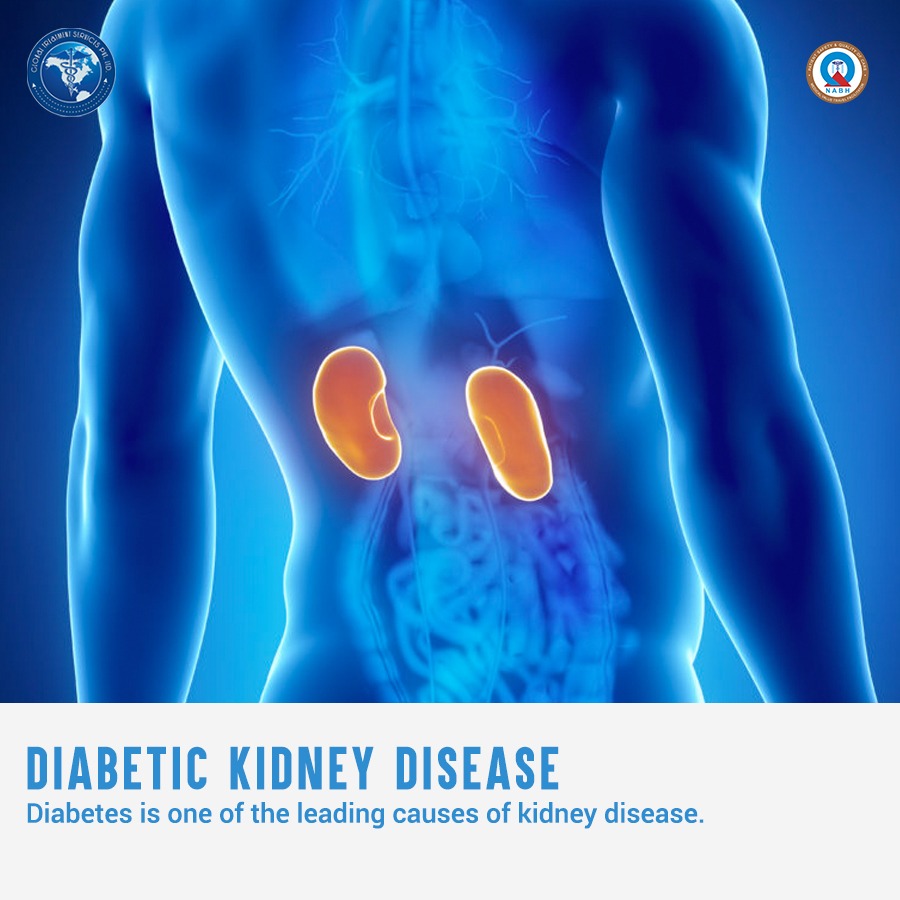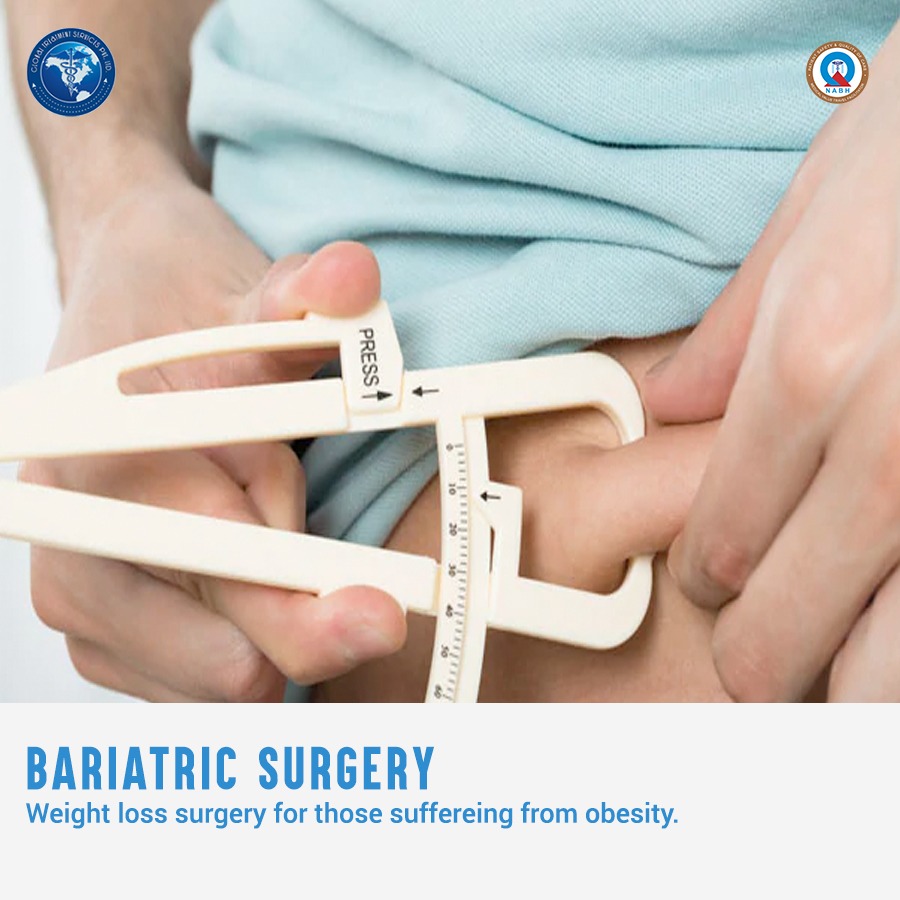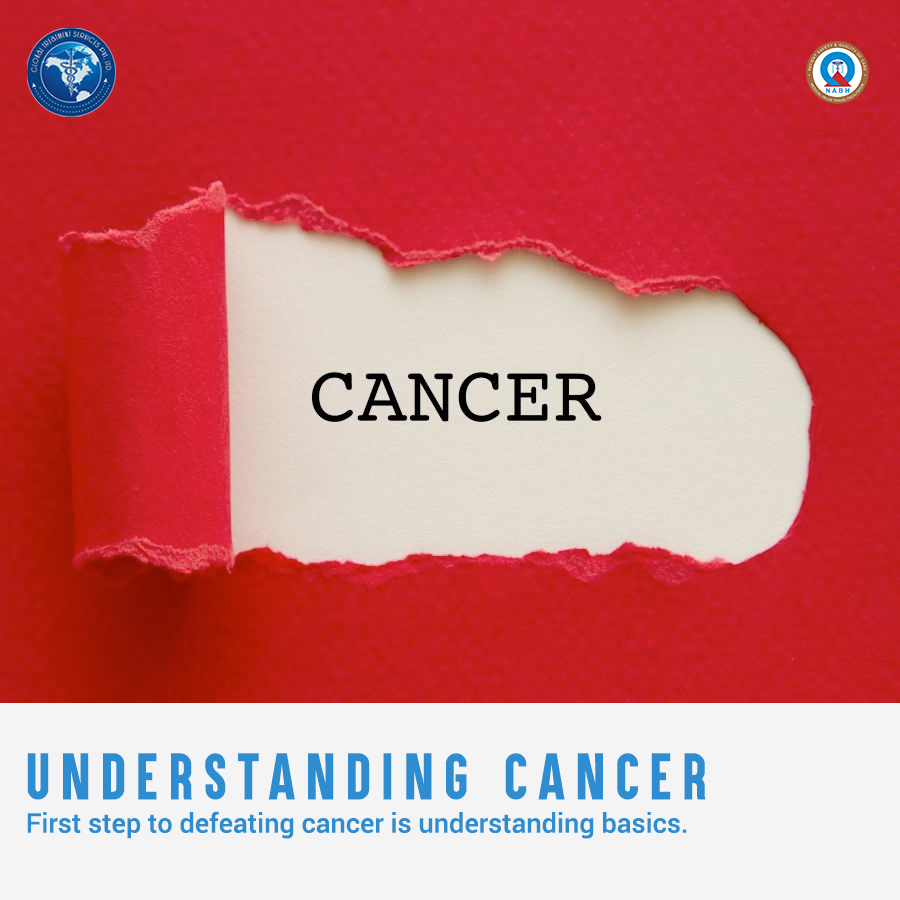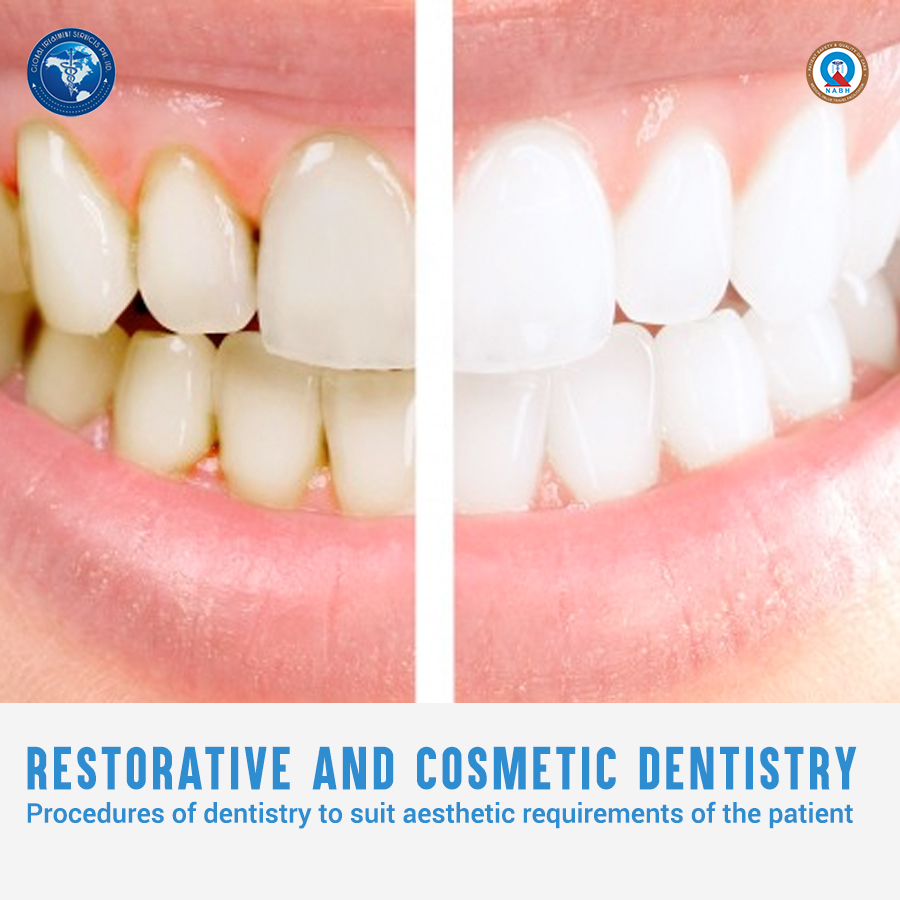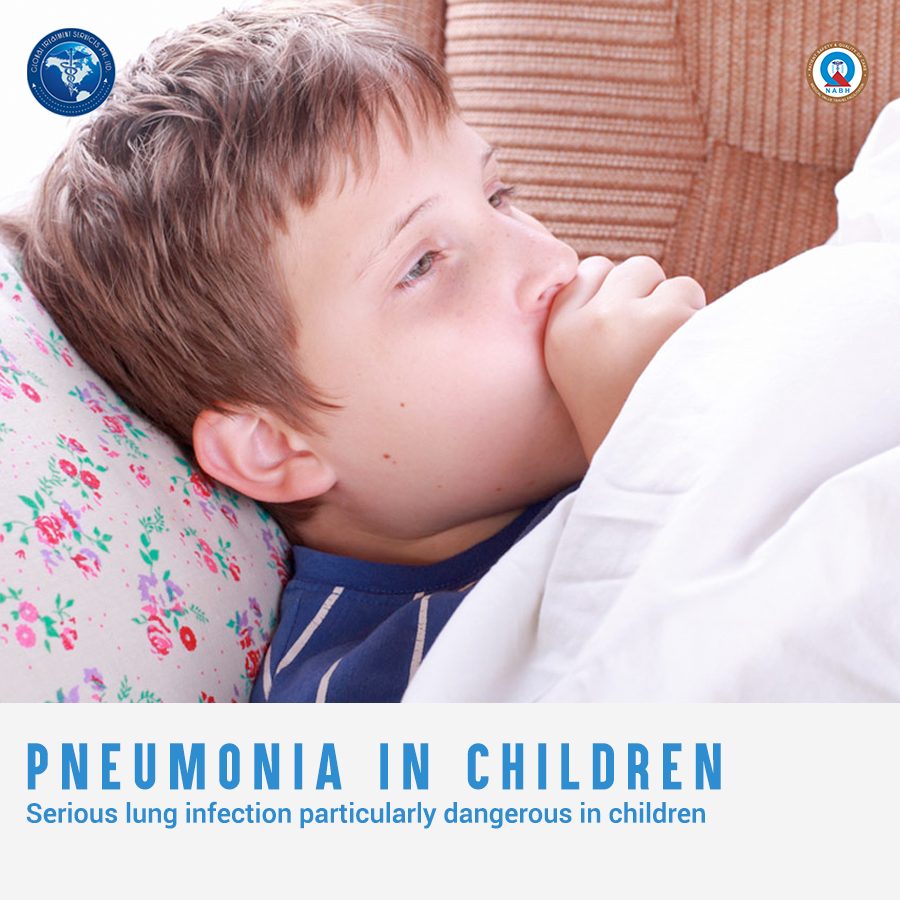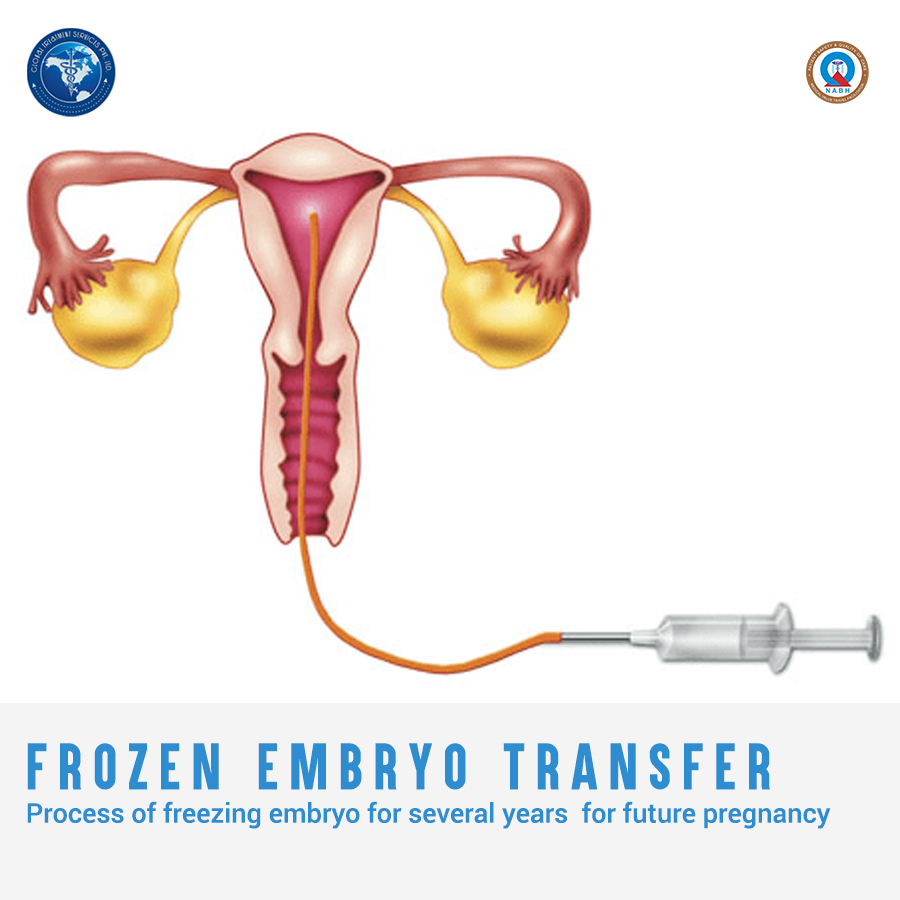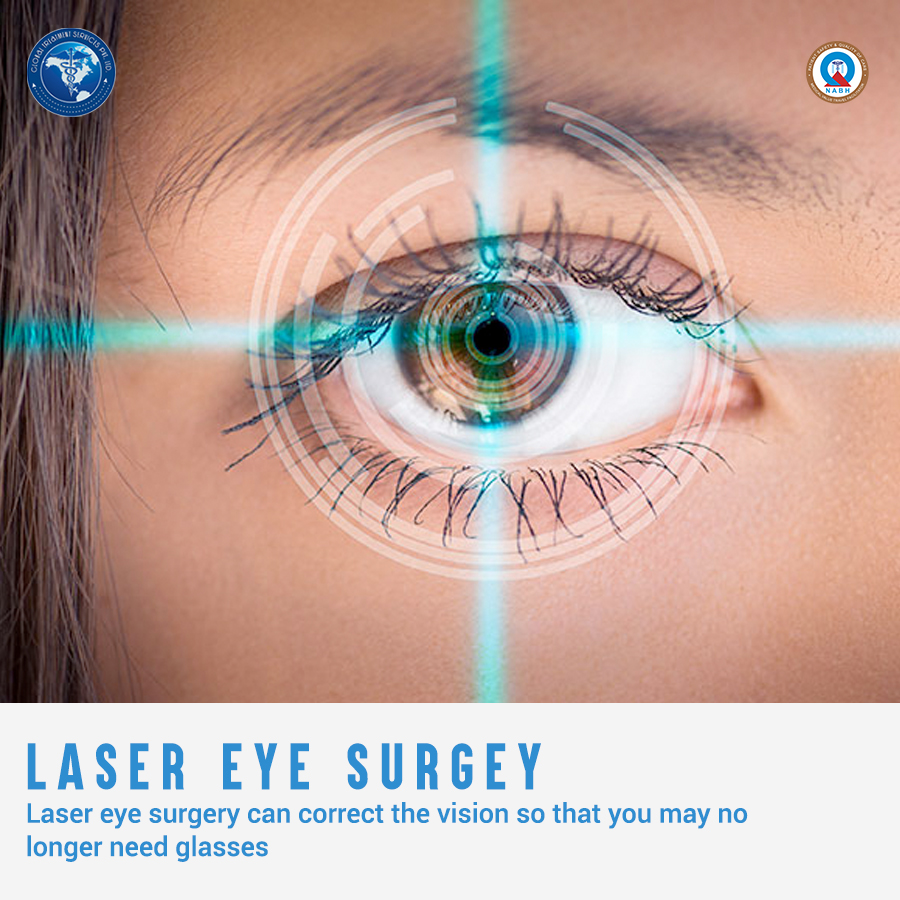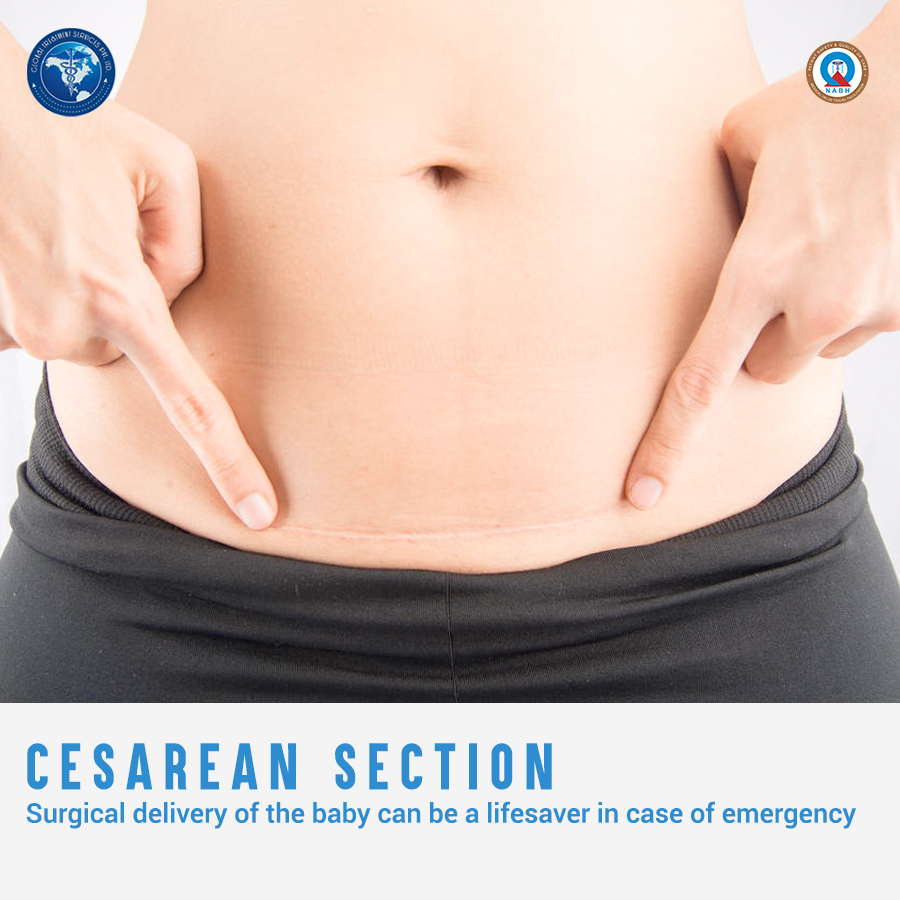The most common disease among sports person in general is skin disease.These dermatological disorders include infections, inflammatory conditions, traumatic entities, environmental encounters, and neoplasms. Direct and indirect transmission of infectious agents occurs readily by the shear nature of contact competition in the sports environment. So it is important that we recognise common and uncommon skin disorders of the athlete.
 Skin infections
Skin infections
Skin infection can disrupt both individual and team activities.Below are some of the common skin infections
Herpes gladiatorum
The herpes simplex virus (HSV) causes a recurrent cluster of tender, burning blisters on or around the mouth or lips. In wrestlers, HSV often appears in other places on the body including the neck, torso, and extremities and is commonly referred to as “herpes gladiatorum.” When it affects the fingertip, it is known as “herpetic whitlow.”
Antiviral medications can reduce recurrent infections.
Tinea corporis gladiatorum (Ringworm)
Tinea corporis presents as a circular or ring-shaped, scaly, raised plaque .Tinea corporis, or ringworm, has become a common nuisance in competitive wrestling. Although it is a fairly benign infectious skin disease, it has significant effects on the ability of a wrestler to compete because of infection control issues.
Ringworm of the skin makes the skin itchy and red and creates a round patchy rash that has raised borders and a clear center.Ringworm of the nails may affect one or more nails on the hands or feet. The nails may become thick, white or yellowish, and brittle.
Heaps of sweaty clothes are part of lives of sports persons and so is the risk of getting fungal skin infections.Other fungal infections include is Tinea pedis (athlete’s foot).It affects the soles and interdigital spaces(between toes and fingers) of the feet. It is commonly associated with peeling, cracking, scaling.Athletes are at increased risk to this condition due to a warm, moist environment inside occlusive footwear, shared pools and treatment tubs, and communal showers.
Treatment for patients with tinea pedis consists of topical antifungal cream unless infection is severe or extensive, in which case oral antifungal therapy is required.
Impetigo
Patients with impetigo develop clusters of red, round, scaly patches with scalloped borders. These patches are often covered with yellow, honey-colored “crust” .There is no burning or tingling sensation in the area before the patches appear. Impetigo typically appears on the lower face, but can quickly and easily spread to the extremities and torso.
It may be transmitted by skin-to-skin contact, by using something infected with the bacteria like an infected towel or sports equipment. Wearing infected clothing is another way to get impetigo.
The treatment of infected athletes requires a dual-pronged approach with both topical and oral antibiotics. Topical mupirocin twice daily in addition to oral dicloxacillin or cephalexin clears impetigo.
Furunculosis
Furunculosis is a deeper infection of the hair follicle generally which presents as hot, tender inflammatory nodule (boil) from which pus can be expressed.
Treatment of patients with any of these growths includes incision and drainage, use of warm compresses and sterile dressings, and appropriate restriction from sports. Use of antibiotics is optional in treatment unless cellulitis is also present, but antibiotics are required for return to sports participation.
Other diseases
Anaphylaxis is a serious, life-threatening allergic reaction.Athletes who develop exercise-induced anaphylaxis may prevent outbreaks by avoiding food before exercise and extreme temperatures while they exercise.
Almost all sports enthusiasts are at risk of developing traumatic entities such as nail dystrophies, calluses and blisters.
Other more unusual traumatic skin conditions, such as talon noire, jogger’s nipples and mogul’s palm, occur in specific sports.
Winter sport athletes may develop frostbite and swimmers in both fresh and saltwater may develop swimmer’s itch or seabather’s eruption, respectively. Swimmers with fair skin and light hair may also present with unusual green hair that results from the deposition of copper within the hair.
Finally, athletes are at risk of developing both benign and malignant neoplasms. Hockey players, surfers, boxers and football players can develop athlete’s nodules. Outdoor sports enthusiasts are at greater risk of developing melanoma and non-melanoma skin cancer.
Several techniques and special clothing exist to help prevent traumatic skin conditions in athletes. Almost all athletes, to some degree, interact with the environment.Athletes spend a great deal of time outdoors, typically during peak hours of ultraviolet exposure. The frequent use of sunscreens and protective clothing will decrease the athlete’s sun exposure.











